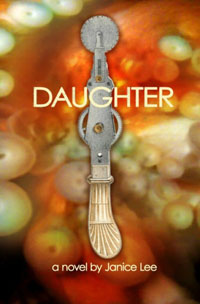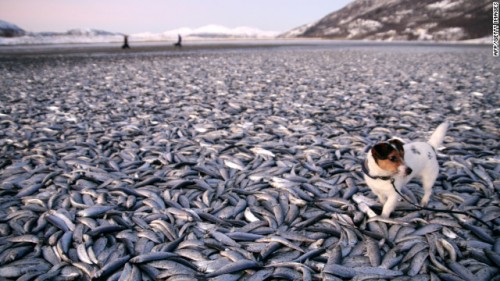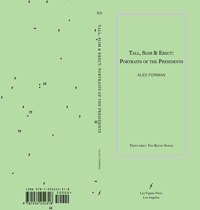Reading Noah Cicero’s piece about Marie Calloway, it struck me that the Internet has invented a subgenre of literary essay. These essays could be easily be published in a volume called ‘How I Feel About Marie Calloway,’ collecting the torrents of writing about ‘Adrien Brody’ alongside the very small trickle of responses to ‘Jeremy Lin.’ Someone should publish this, if for no other reason than that we might see the collective bloviation of our Best Minds on a topic that eludes them completely. Tao Lin might have done, if ‘Jeremy Lin’ hadn’t so effectively outed him.
Before I get into any kind of Substantial Critique, I’d like to point out that we are discussing a young woman of twenty-two years. She’s not a symbol, she’s not a literary persona, she is an actual human being of twenty-two years. I remember when I was twenty-two years old. I could barely tie my shoes and had a problem with public drooling. Calloway is also, it must be said, a young looking twenty-two. Both by genetics and by design, she appears about sixteen years old.
The Marie Calloway Problem is pretty simply stated: we live in a society in which the mechanisms of commerce are designed to encourage us to believe that young women are randy hot sex machines, but we have a collective meltdown when one of them actually writes about sex that is anything other than vanilla. It breaks discourse. We’re that unevolved.
This was, in part, the pro-Calloway critique offered by many women writers in the days after ‘Adrien Brody’ went viral. The problem with such critiques is that almost all of them attempted to tie Calloway into a greater narrative. ‘Adrien Brody’ could not exist in a vacuum. It needed to be contextualized within its Greater Import.
This is nonsense. ‘Adrien Brody’ is a piece about a groady balding Brooklyn Intellectual who writes about Big Issues (Why is Capitalism Bad?) having sex with a twenty-one year old woman that likes his Twitter. The woman, recounting the tale, makes vague allusions to Marx, Marxism and Marxist thinkers. The Marxism is, of course, an affect.

 Philip K. Dick: Remembering Firebright
Philip K. Dick: Remembering Firebright
 Tall, Slim & Erect: Portraits of the Presidents
Tall, Slim & Erect: Portraits of the Presidents